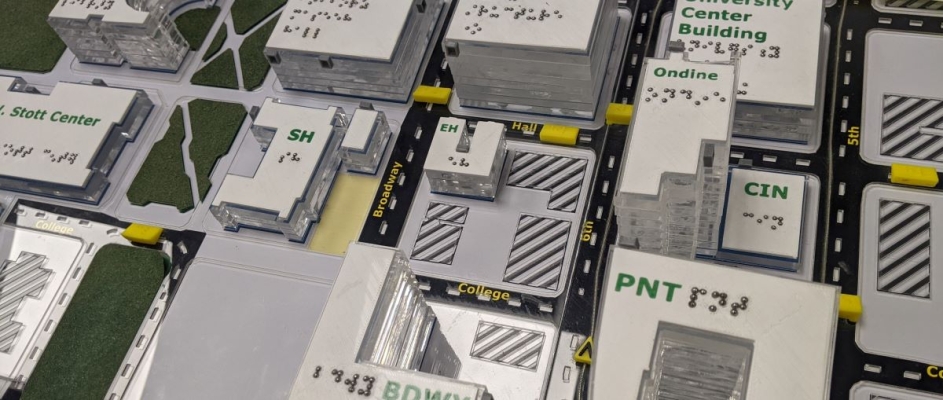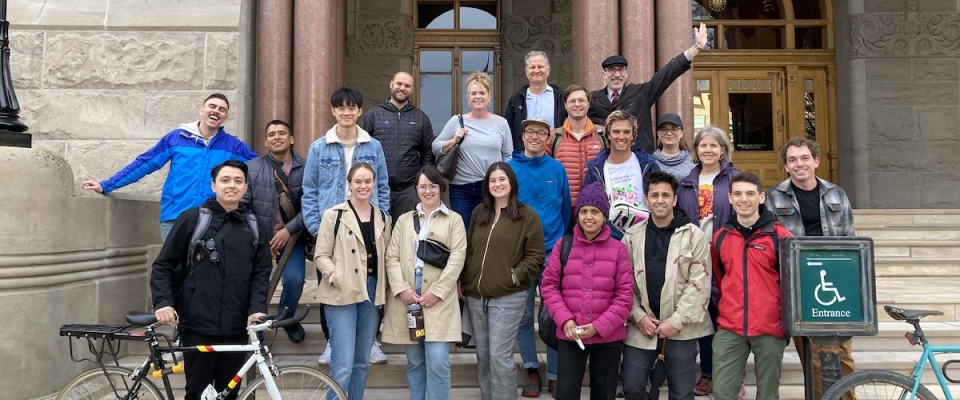As plans move forward for an earthquake-ready replacement of Portland's Burnside Bridge, several Portland neighborhood associations and the Better Block PSU program are taking the opportunity to reimagine a segment of West Burnside street.
With bridge closure and construction anticipated to begin as early as 2026 and last for several years, the temporary period of reduced traffic on Burnside will offer a unique chance for the neighborhood to test out some designs and placemaking strategies aimed at making the area more people-friendly.
"Currently, West Burnside street acts as a barrier separating the northwest and southwest portions of the Central City from each other, and discouraging movement between them," said Xavier Stickler, chair of the Downtown Neighborhood Association's Land Use and Transportation Committee. He, along with Sean Sweat of the Pearl District Neighborhood Association and Mary-Rain O'Meara of the Old Town Community Association Board, applied to the Better Block PSU program to request the assistance of Portland State University students with connecting those neighborhoods and making Burnside more pedestrian...
Read more

